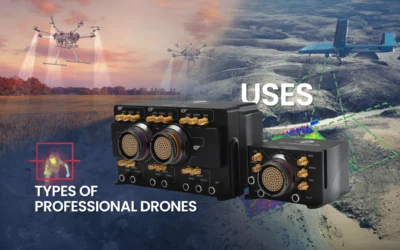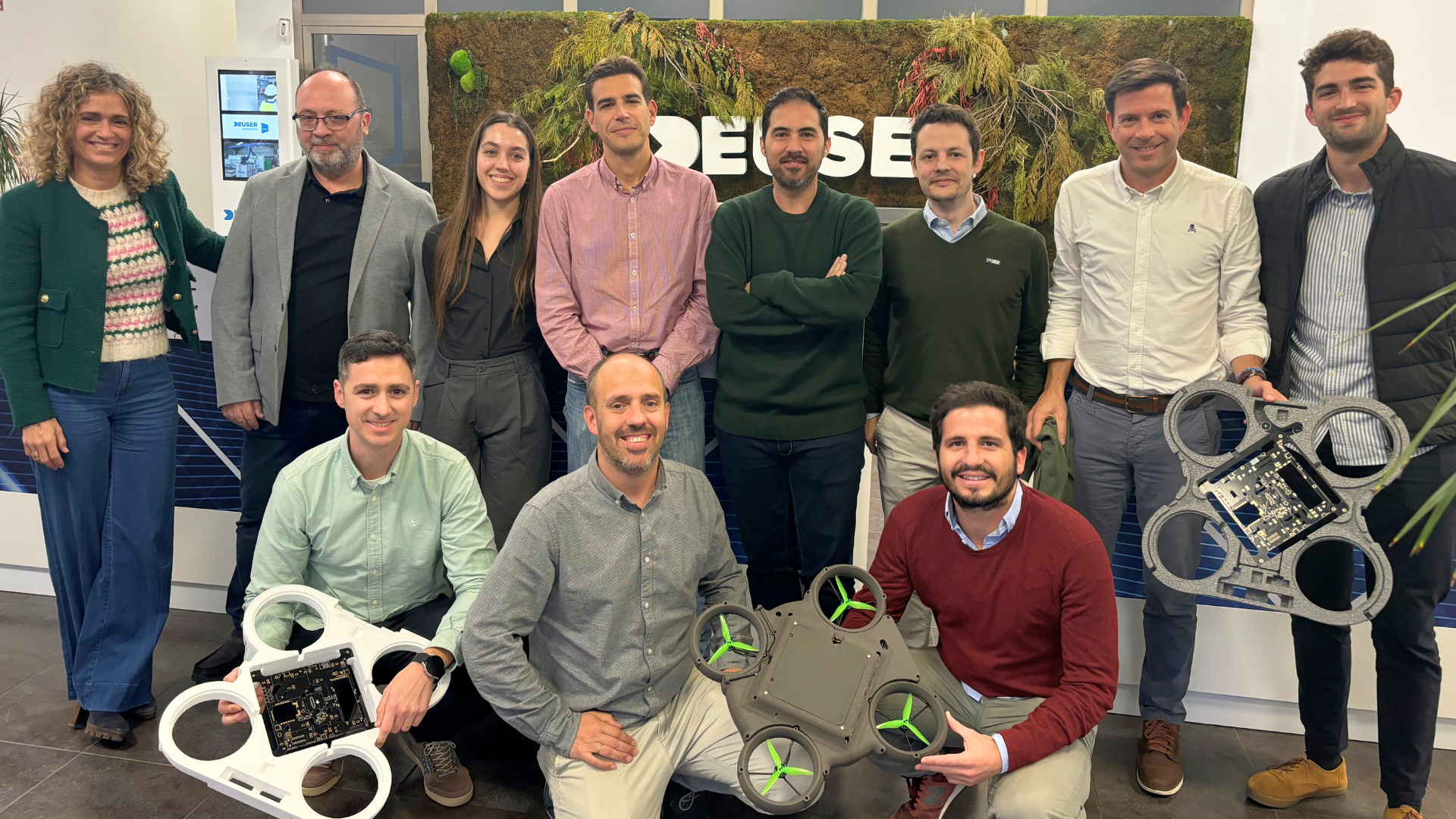The surprising flight test of Falcon Heavy has been very present in the media during the last days, which technologically supposes a great quantum leap forward for big aircraft. It stands out the incredible vertical synchronized landings of the propulsion rockets, which we can watch in the video shown down below. The attention has been focused on the fact that this experimental flight permits us to discern flights to Mars in the future, but it also shows us something that is already a reality: vertical takeoff and landings (VTOL), nowadays present in various VTOL drones.
VTOL Drones Features
Due to their qualities, VTOL drones do not need big runways since they can takeoff and land in reduced spaces and difficult access areas. Besides, their flight autonomy and the high speeds they can reach in their horizontal flight mode are also remarkable. Among all the varieties existing among VTOL drones, the most similar to the way Falcon Heavy drive rockets land are the ones that use the same engine for takeoff and landing maneuvers and for the horizontal flight mode.
One of the main advantages of VTOL drones that use the same engine system for takeoff, landing, and horizontal flight consists of the reduction of their weight. This reduction in weight is reflected in the increase in the payload capacity of these aircraft, permitting them to include complex systems to gather information, imagery, safety systems, etc. But on the other hand, VTOL drones of this kind face some difficulties, such as finding the equilibrium with the engine power. This happens because the configuration of this kind of aircraft requires a great quantity of power to takeoff, so if there is not an adequate balance, the cruise flight won’t be efficient.
Avionics Systems Integration in VTOL Drones
Some avionic systems, or drone autopilots, are able to control VTOL drones efficiently, configuring optimized control loops for each stage of the flight. In addition, they also raise their safety and reliability in the most critical maneuvers of VTOL drones, which are those related to the takeoff, landing, and transition between horizontal and vertical flight modes.
Specifically, Veronte Autopilot 1x has customizable automations and flight phases, being compatible with any VTOL platform. The whole operation of VTOL drones can be segmented into those customizable flight phases, which can be configured separately with the required parameters and with a specific controller to obtain fully efficient flights. This adaptation capacity permits the system to fly in a fully autonomous way, performing transitions between horizontal and vertical flight modes in a perfect and fluid manner.















